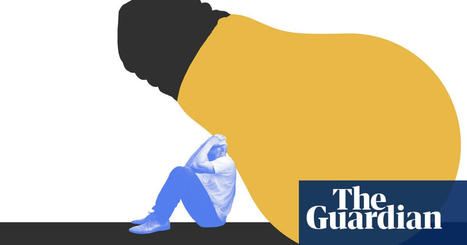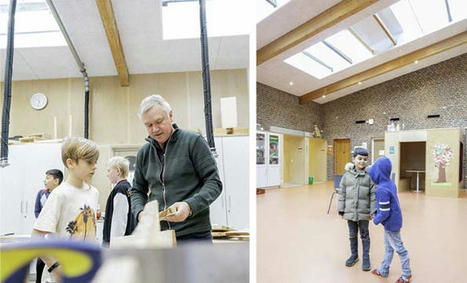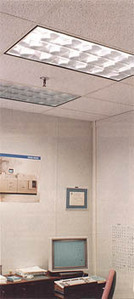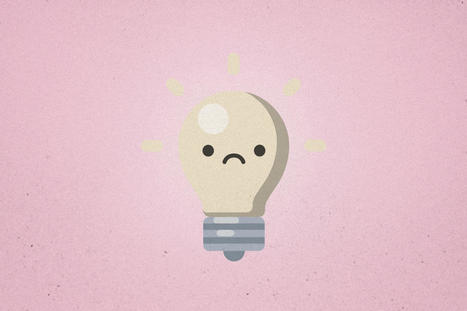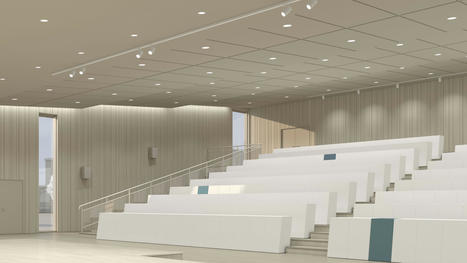Harsh overhead lights can give you the sunken, ghoulish appearance of the undead – and you really don’t need them
Research and publish the best content.
Get Started for FREE
Sign up with Facebook Sign up with X
I don't have a Facebook or a X account
Already have an account: Login

The places we learn are more blurred than ever before. Both formal and informal learning environments are changing the face of education.
Curated by
Peter Mellow
 Your new post is loading... Your new post is loading...
 Your new post is loading... Your new post is loading...

Daniel Tan's curator insight,
February 15, 2013 3:25 AM
The impact of lighting on productivity - now you will see the light for why you are not as productive as expected! |
|



